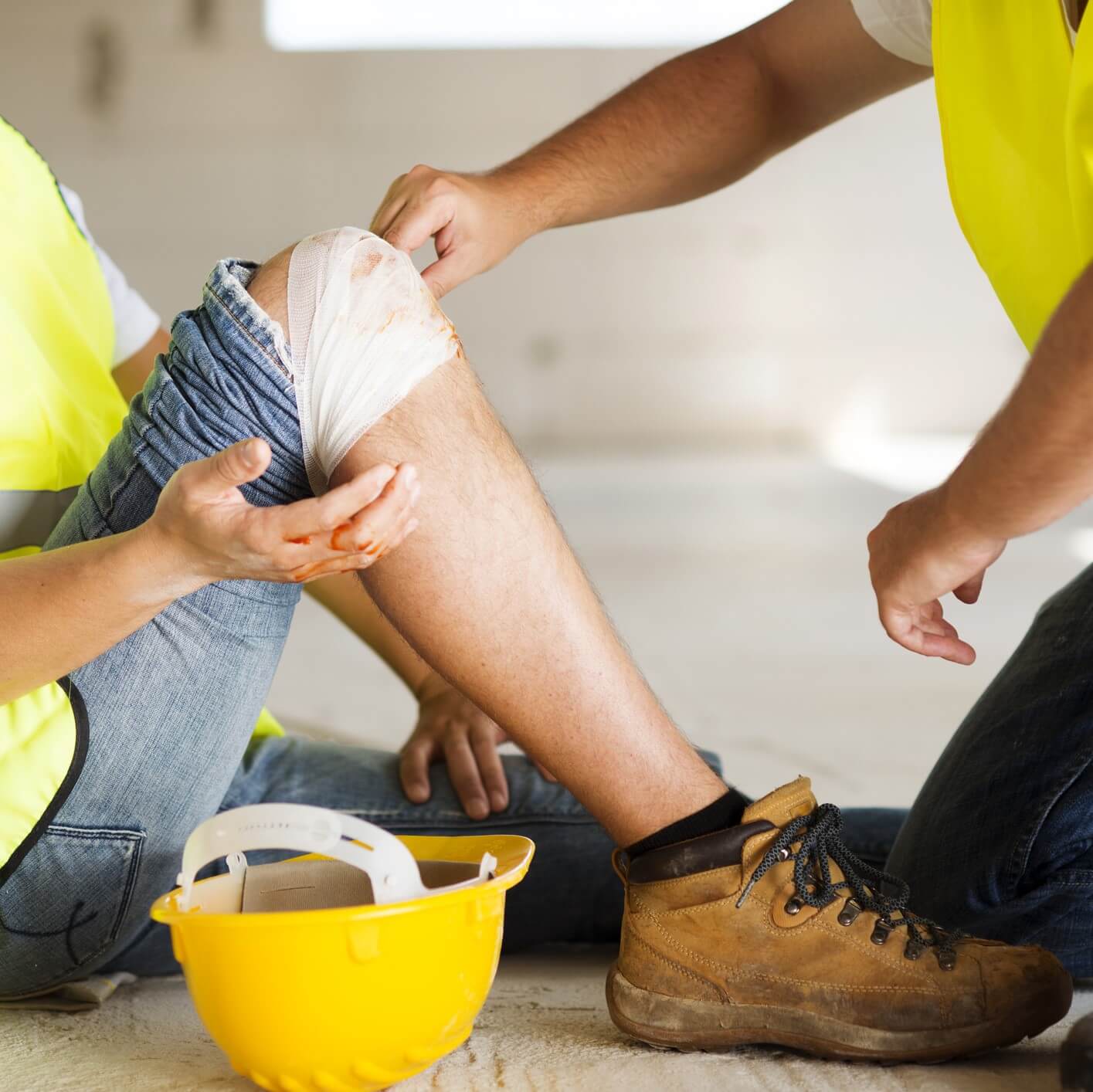Winter is nearing its end, and that means that more outdoor construction work, including roadway construction projects, will be able to resume across Pennsylvania. This makes March the perfect time to highlight spring construction safety.
With bad weather a thing of the (recent) past, some construction workers may find themselves trying to make up for lost time. Some projects get pushed due to snow and ice, and that means that completion dates may have been pushed or some work was left unfinished. Now it’s time to buckle down and get it done, but not without implementing proper safety measures.
Springtime Hazards for PA Construction Workers
Spring may be regarded as a mild season, but it does carry some hazards that construction workers should be aware of. Before breaking ground or completing an unfinished winter construction job, it’s important to know what to watch for and how to avoid injury.
The following are common hazards construction workers may face in the spring:
- Rain: Spring is typically the rainiest season of the year in most areas of the United States. In Pennsylvania, most of the rain can be expected in late spring and early summer. Spring showers can create hazardous conditions at construction sites, making walkways and surfaces like scaffolding and ladders wet and slippery. The risk of slip and fall accidents and falls from heights may be increased. Rain can also increase the chances of trench collapse, which is another serious risk faced by construction workers.
- Mud: With rain comes mud, and this presents its own challenges at construction sites. Construction equipment like cranes or backhoes may be more difficult to operate on muddy, uneven ground. Excavation becomes riskier, and workers may also be at risk of slipping or tripping and falling in mud at worksites.
- Lightning: Pennsylvania experiences about 240,000 cloud-to-ground lightning strikes each year, and the commonwealth ranks ninth in the U.S. for lightning fatalities. Construction workers, particularly those at sites where raised, metal components are present, may experience catastrophic injuries if lighting strikes during a thunderstorm.
- Wind: Construction workers on scaffolding, ladders, and working at heights may be at risk of losing their footing from strong gusts of wind during spring storms. Objects that aren’t properly secured may also come loose and strike workers below. In extreme winds, equipment like cranes can even be affected.
Mudslides, slippery surfaces, and thick mud are all potential issues at construction sites in the springtime. Employers must take proper precautions to not only provide workers with the right training and gear to cope with wet, muddy, and windy conditions, but they must also halt work if it becomes too dangerous.
What Construction Companies Can Do About It
There are a few measures companies can take to protect workers from construction accidents and injuries in the springtime. These include:
- Providing the proper personal protective equipment (PPE) for the spring season, such as waterproof gear, slip-resistant boots, and gloves.
- Checking all machinery prior to operation to make sure wet or muddy conditions have not adversely affected it.
- Putting an extra focus on fall protection. Falls are one of Construction’s Fatal Four, the top four causes of fatalities in the construction industry in the United States. Fall protection is particularly important in wet, rainy, and muddy conditions.
- Implementing proper ladder and scaffolding safety measures. Wind and rain can both affect worker safety on ladders and scaffolding, but falls can be prevented if scaffolding is constructed the right way and ladders are used properly.
- Tracking weather conditions to make sure no heavy rainfall, lightning, wind, or thunderstorms are to be expected. When heavy weather is anticipated, worksites should close or there should be measures in place to provide workers a safe place to take cover.
- Completing trench inspections to help avoid collapses and cave-ins. Trenches should be clearly marked to prevent workers from slipping and falling inside. Trench work should cease during rainy conditions that affect stability and increase the chances of a cave-in.
Uninsured Contractors & Spring Construction Work
With tough deadlines to make and unfinished work to complete, spring is often a time that more contract workers are needed at construction sites. These workers may work on a job-to-job basis or only for a short time until a project is complete. They may be less experienced and, because they are not employees of the construction company, may not be covered by workers’ comp like some other workers. This can present a few challenges.
It's estimated that contract workers make up nearly half of all construction workers. These workers can be protected by offering free onsite training, providing the right protective gear, and keeping construction sites safe from hazards like defective or poorly maintained equipment or unprotected scaffolding.
Helping Injured Construction Workers in Pennsylvania Since 1922
Spring is a busy time of year for construction workers, but it also presents some challenges. At Handler, Henning & Rosenberg LLC, we’re here to help workers who have been injured on the job and families who have lost loved ones in serious work accidents. We have been fighting for Pennsylvanians for the past 100 years, and we will continue to fight to make things better for hard-working people who have been injured on the job. To find out more, give our Pennsylvania work injury attorneys a call at (888) 498-3023 today!


